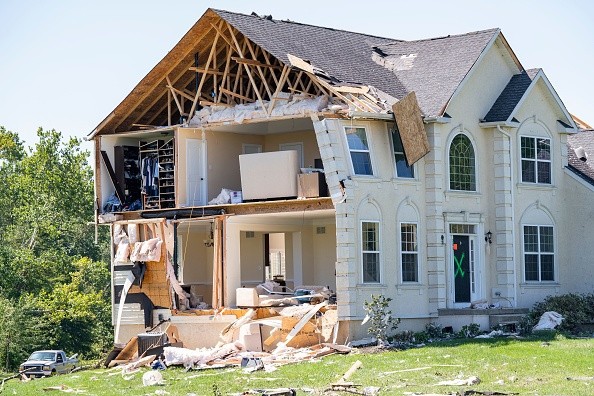In August, the World Meteorological Organization (WMO) released a report with some welcome news concerning extreme weather: Despite an almost threefold rise in the number of weather and climate-related catastrophes documented globally over the last 50 years, the number of deaths linked to such disasters has decreased.

That comes as no surprise to catastrophe experts. While natural hazards such as heavy rainfall and heat waves are becoming more often and severe as the world warms, our scientific understanding of these hazards, as well as the early warning systems that protect people, has vastly increased in recent decades. As a result, disasters connected to weather and the environment have grown less fatal over time.
However, there's no assurance that this upward tendency will continue indefinitely. Thus, while we are more prepared than ever to save lives during catastrophes, deploying current solutions at the speed and scale required to safeguard rising populations in a changing environment will be difficult.
A Possible Change in Trend
"If we don't keep investing in warning systems and building differently at the same time as these hazards intensify or change, that could very easily lead to more deaths," says disaster researcher Samantha Montano, author of the new book Disasterology: Dispatches from the Frontlines of the Climate Crisis, who was not involved in the WMO study.
Disaster Casualty

One of the first questions people ask after a disaster, whether it's a hurricane, wildfire, volcanic eruption, tornado, or earthquake, is how many lives were lost. Death tolls aid in public understanding of the disaster's scope and assist individuals in impacted towns commemorate the catastrophe. In addition, they give emergency managers situational awareness as catastrophes develop, and they can help influence public policy long after the crisis has passed.
Storms, droughts, floods, heat and cold waves, wildfires, and landslides were all used in a recent WMO analysis to analyze the impact of storms, droughts, floods, heat and cold waves, wildfires, and landslides from 1970 to 2019. It discovered that disaster-related mortality had decreased decade after decade, from over 50,000 fatalities per year in the 1970s to less than 20,000 in the 2010s. However, at the same time, the number of historical catastrophe occurrences increased dramatically, a trend that the World Meteorological Organization believes is partially related to climate change but also owing to greater reporting, according to Cyrille Honoré, director of the WMO's disaster risk reduction section.
A Preventable Disaster
Researchers stress that this upward tendency is no cause to be complacent about the current toll of catastrophes or the threats humanity faces due to climate change. According to a recent WMO analysis, developing countries accounted for 91% of deaths from weather and climate-related disasters during the last 50 years. Moreover, as climate change shifts the balance toward more extreme weather, certain parts of the world are expected to face the brunt of the death toll.
For the recent climate and weather updates, don't forget to follow Nature World News!
© 2025 NatureWorldNews.com All rights reserved. Do not reproduce without permission.





